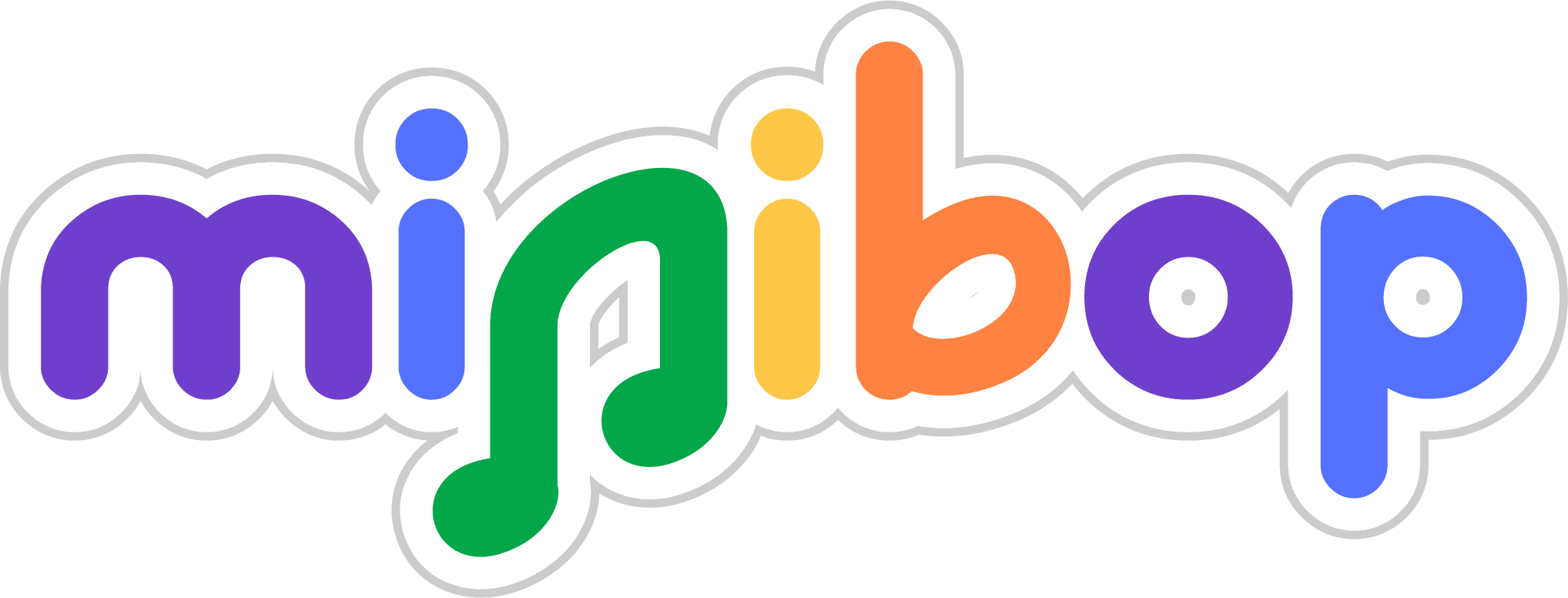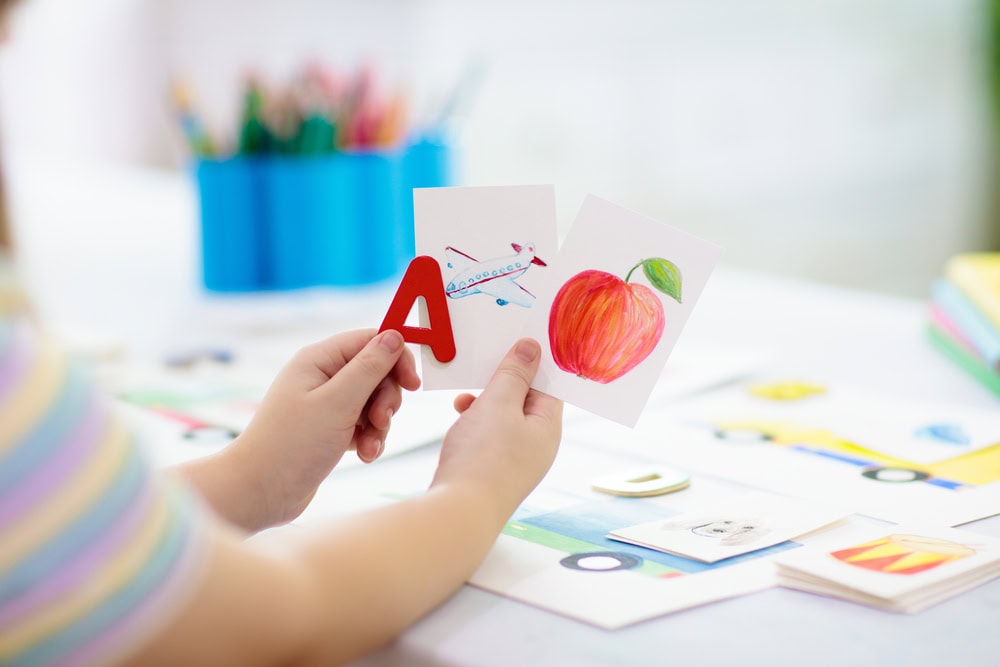Expert Tips for a Homeschool Preschool Schedule that Works
Creating a homeschool preschool schedule can feel overwhelming, especially when you want to ensure a balanced approach that nurtures your child’s growth in all areas. With the right strategies, you can design a flexible routine that works well for your family and keeps your preschooler engaged. In this guide, we’ll explore how to balance structure and play in your preschool homeschool curriculum, with practical expert tips, real-life examples, and resources to help you create a smooth and enjoyable homeschooling experience.
Flexible Routines for Different Ages
Every child is unique, and your homeschool preschool schedule should reflect this. Preschoolers, in particular, benefit from a routine that provides structure while allowing for flexibility. A one-size-fits-all approach doesn’t work for everyone, so it’s important to adjust your schedule to meet your child’s individual needs and energy levels. Even from ages 2-5 children can change dramatically in how they respond to routine. Start with a basic framework, and don’t be afraid to make changes as you go.
Here’s a sample homeschool preschool schedule to give you a starting point:
- 9:00 AM: Morning Circle Time
Gather in a cozy spot to start the day with greetings, a weather check, and a brief overview of the day’s activities. Let your little one know what to expect. - 9:30 AM: Language Arts and Literacy Activities
Focus on phonics, reading, or storytelling. This might include reading a favorite book, practicing letter sounds, or exploring new vocabulary. Click here for our how-to guide on building an effective language arts curriculum. - 10:00 AM: Snack and Free Play
Provide a healthy snack followed by unstructured playtime. Allow your child to choose their activities, whether it’s building with blocks or drawing. - 10:30 AM: Math or Science Exploration
Engage in hands-on activities like counting games, sorting objects, or simple science experiments that encourage curiosity and critical thinking. - 11:00 AM: Music and Movement
Incorporate songs, rhymes, and dance to enhance language skills and physical coordination. Click here to learn more about the benefits of incorporating music into your preschool homeschool curriculum. - 11:30 AM: Outdoor Time
Head outside for fresh air and physical activity. This could be a nature walk, playing in the yard, or a visit to the park. - 12:00 PM: Lunch and Rest
Share a meal together, followed by quiet time. This is an opportunity for your child to relax, read, or take a nap.
Remember, this is just a guide. Your daily homeschool preschool schedule may look different, and that’s okay! Flexibility is key. If your child is particularly interested in a certain activity, don’t rush them to move on. Similarly, if something isn’t working, adjust it to better suit your child’s needs. Homeschooling is all about finding the rhythm that works best for your family.
Incorporating Music and Movement Breaks
Music is a vital component of any preschool curriculum. Not only does it make learning more enjoyable, but it also plays a crucial role in your child’s cognitive development. Research from the Journal of Research in Music Education shows that music training can enhance literacy skills in preschoolers, making it a powerful tool in your homeschooling toolbox (Moreno et al., 2011).
Here are some practical ways to incorporate music and movement into your homeschool curriculum:
- Sing Alphabet Songs During Literacy Time
Use songs like the “ABC Song” or “The Alphabet Song” to reinforce letter recognition. Singing makes it easier for children to remember the sequence of letters and associate them with their sounds. - Use Counting Rhymes for Math Lessons
Songs like “Five Little Ducks” or “Ten in the Bed” combine counting with fun, memorable tunes. These rhymes help children internalize numbers and counting in a playful way. - Have a Daily Dance Party for Gross Motor Skills
Set aside time each day for a quick dance break. Play upbeat songs like “Head, Shoulders, Knees, and Toes” or “Shake Your Sillies Out” to get your child moving. This not only boosts their physical health but also recharges their focus for the next learning session.
Click here for our Preschool Movement playlist on Spotify, totally free to listen to.
Real-Life Example:
Sarah, a homeschooling mom, found that her son, Max, struggled to stay focused during traditional learning sessions. She started integrating music into their curriculum, using songs to teach letter sounds and rhymes. Soon, Max began looking forward to their “music time,” and his literacy skills improved noticeably. The key was making learning fun and interactive, allowing Max to engage with the material in a way that suited his learning style.
Not sure how to incorporate music or don’t have time to create lessons? Minibop’s CLIMB Curriculum for Homeschool gives you access to tons of evidence-based lessons, weekly live interactive classes and much more.
Balancing Structured Learning with Free Play
Structured learning is important, but so is play. According to a study published in the journal Pediatrics, play is essential for promoting healthy child development and maintaining a strong parent-child bond (Milteer et al., 2012). For preschoolers, play is not just a break from learning—it’s a vital part of the learning process itself.
Here’s how to achieve a balance between structured learning and free play in your preschool homeschool schedule:
- Use Short, Focused Learning Sessions
Preschoolers / toddlers have limited attention spans. Keep structured activities brief (about 15-20 minutes) to match their natural focus. This ensures that they stay engaged without feeling overwhelmed. - Follow Each Session with Free Play Time
After a focused learning session, allow your child to explore through free play. This might include playing with toys, building with blocks, or engaging in pretend play. Free play gives them the freedom to apply what they’ve learned in a relaxed setting. - Provide Open-Ended Materials for Exploration
Offer materials that encourage creativity and problem-solving. For example, provide a variety of art supplies, building materials, or sensory bins. These tools can stimulate your child’s imagination and foster a deeper understanding of concepts.
Printable Homeschool Preschool Schedule
Visual aids can be incredibly helpful for young children. Creating a printable homeschool preschool schedule not only helps your child understand the daily routine but also makes them feel more involved in the process. For non-readers, using pictures alongside words is a great way to communicate what’s happening next.
Here’s how to create a simple, effective Homeschool Preschool Schedule printable:
- List Your Daily Activities
Start by writing down the key activities you want to include in your day. Be sure to cover a range of learning and play activities. - Find or Draw Pictures for Each Activity
Look for images online or draw simple pictures that represent each activity (e.g., a book for reading time, a ball for outdoor play). - Create a Chart with Times and Pictures
Organize the activities in a chart, pairing each one with its corresponding picture. Add the times for each activity to help structure the day. - Laminate for Reuse
Once your chart is complete, consider laminating it. This way, you can reuse it daily, checking off activities as you go or adjusting it as needed. - Hang Your Schedule Where Your Child Can See It Easily
Place the schedule in a prominent spot in your learning area. Refer to it throughout the day to help your child understand what comes next.
Real-Life Example:
Laura, a homeschooling mom of three, found that her preschooler, Ethan, was often unsure of what to expect each day. She created a simple visual schedule with pictures for each activity. Over time, Ethan began checking the schedule on his own and felt more secure knowing what was coming next. This simple tool helped him transition smoothly between activities and reduced resistance to new tasks, all while his older siblings were able to maintain progress at their own pace as well.
Flexibility is Key
While it’s important to have a plan, flexibility is the hallmark of a successful homeschool curriculum. Some days will go as planned; others won’t, and that’s perfectly normal. The ability to adapt your schedule based on your child’s needs is one of the greatest advantages of homeschooling.
Here are some tips to help you maintain flexibility while still following a structured routine:
- Observe and Adapt
Pay attention to your child’s energy levels and interests. If they are deeply engaged in a particular activity, allow them to continue, even if it means shifting the schedule. Likewise, if they seem tired or frustrated, take a break or switch to a different, more enjoyable activity. - Embrace Spontaneous Learning Opportunities
Be open to unexpected learning moments. If your child shows curiosity about something outside the planned curriculum, take the time to explore it together. This fosters a love of learning and makes education feel more relevant and exciting. - Adjust Expectations
Understand that not every day will be perfect. Some days, your child may not be in the mood for structured activities, and that’s okay. Adjust your expectations and remember that learning happens in many different ways, not just through planned lessons.
Real-Life Example:
Michelle, a homeschooling parent, noticed that her toddler, Ava, had days when she was more interested in playing with her dolls than participating in structured lessons. Instead of forcing Ava to stick to the schedule, Michelle adapted by incorporating learning into play. She created stories with the dolls that involved counting and letter recognition. This flexible approach kept Ava engaged and allowed her to learn in a way that felt natural and enjoyable.
Conclusion
Creating a balanced homeschool preschool schedule for your takes time, patience, and a willingness to adapt. By blending structured activities with free play, incorporating music and movement, and using visual aids like a printable schedule, you can create a routine that supports your child’s growth while keeping learning fun and engaging.
Remember, the goal is to foster a love of learning. By maintaining flexibility and staying attuned to your child’s needs, you’ll find the perfect rhythm for your homeschool day. Whether you’re just starting out or refining your existing routine, these tips can help you create a nurturing and effective learning environment.
Start incorporating these strategies today, and watch your child’s love for reading, writing, and exploration grow. With the right tools, creativity, and a flexible approach, your homeschool preschool schedule will provide your child with a solid foundation for lifelong learning and give you peace of mind.
References:
Moreno, S., Bialystok, E., Barac, R., Schellenberg, E. G., Cepeda, N. J., & Chau, T. (2011). Short-term music training enhances verbal intelligence and executive function. Psychological Science, 22(11), 1425-1433.
Milteer, R. M., Ginsburg, K. R., & Mulligan, D. A. (2012). The importance of play in promoting healthy child development and maintaining strong parent-child bond: Focus on children in poverty. Pediatrics, 129(1), e204-e213.





